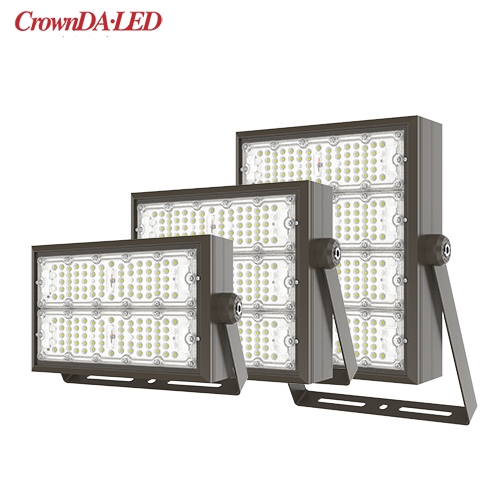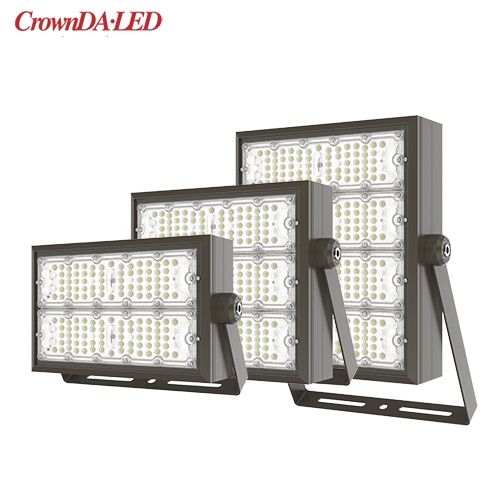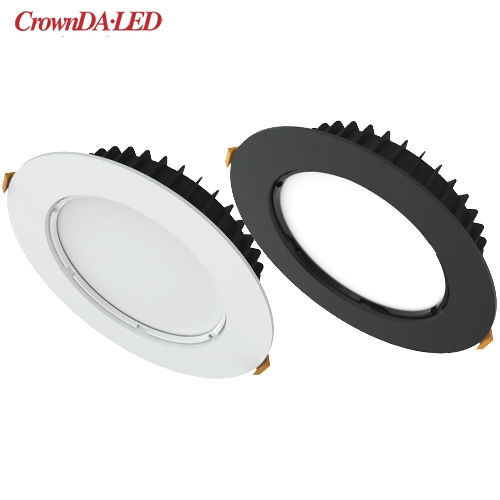How are buildings actually smart?
Views : 886
Author : Shenzhen Crown Lighting
Update time : 2021-07-10 19:00:44
How are buildings actually smart?
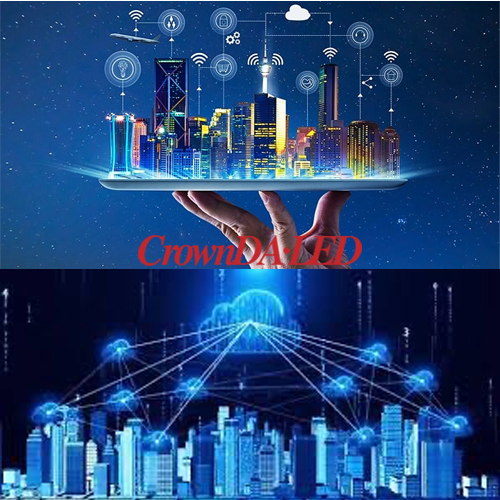 The smart building technology stack brings together multiple layers of equipment and controls them into a self-contained system.
The smart building technology stack brings together multiple layers of equipment and controls them into a self-contained system.
In the past ten years, the vision of the lighting industry has been attacked by the vision of fully automated "smart" buildings and cities driven by artificial intelligence (AI), magically optimizing energy and resource use and most other results. This is driven by many factors, including the continuous and repeated reliance on technology, solution design, economics, and politics for better solutions. This is also the result of the fast-paced, ruthless technology industry trying to have a slow, deep-rooted construction industry. The lighting industry is not familiar with this attack, but there are signs that the early marketing hype mainly issued by large companies is beginning to show signs of feasibility. Now we might say that smart buildings are actually the future of lighting, and integrated control is what makes them smart. Although far from an accepted mainstream practice, comprehensive control is increasingly being implemented in more and more projects.
The narrative of self-operating architectural fantasy of the past decade has not yet given us a useful definition of actually building smart things. Facing the great challenges of our climate, economy and energy system, we can now say that smart buildings are buildings that produce, use, and transmit electricity; send and receive data on energy usage, building occupancy, etc.; and have integrated controls to enable All of this is possible. In fact, use cases and information cases will be the central stage in the strategy of a minor virtual meeting.
Integrated building control-in which lighting, HVAC, and other systems work together to optimize building performance-is essential for establishing a fair, resilient, and decarbonized power infrastructure and meeting climate change challenges. In order to manage the recent and increasing influx of renewable energy and balance the load on the grid, building systems and equipment must be able to collect and report data, respond to dynamic price signals, and talk more powerfully than they currently are today Way of doing it. As one of the most important building systems, led lighting plays a key role in the transition to a sustainable, sustainable future.
LED Lighting systems are the reason why smart building systems are ideal vehicles, they are usually evenly distributed, powered, and steadily become smarter. Another important behavioral reason that lighting plays a key role is that it is the first and most obvious use of energy. Buildings that effectively use commercial led lights and send positive signals to occupants.
A more important reason. The reason why lighting controls play a leading role in the evolution of smart buildings is that they rely more on occupancy-based controls than HVAC systems, which are largely based on the foundation. The schedule is usually set once and then usually ignored. When no one is in the building, it is very common to find a plan-based system, wasting a lot of energy. There are exciting reasons to use led lighting occupancy sensor systems to control many other building services, especially HVAC, because real-time data is a better basis for managing energy. The actual real-time construction of energy usage data enables many things, including load management, decarbonization, and result-based code.
Control systems have long been a weak link in the construction industry, and as they become more complex, the challenges will only increase. But the main obstacles we face are not technology: they are economy, behavior, and culture. In particular, the contracting business model must evolve and adapt to the reality of the huge challenges we face today.
The entire value chain must understand how the evolving future of smart buildings has a decisive impact on product roadmaps, strategic planning and adapting to the challenges of today's lighting led industry.
Related products
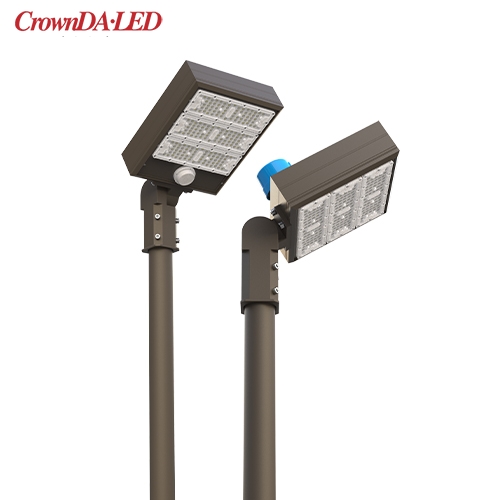
ARQ Series Shoebox LED lights, UL DLC listed, 100W-400W, 5-10 Years Warranty, 100-480VAC, 140-200lm/W
► UL/cUL/SAA/FCC/CE/Rohs Approval
► DLC 5.1 Premium
► Photocell, Daylight harvest, Microwave Sensor, 0-10V Dim Optional
► Multi-Voltage: 100-277V/100-347V/480Vac
► 100W-400W, 140-200 lm/W
► IP66, 5-10 years warranty
Subscribe
We will share with you our latest product info or LED industy info. Thanks.


